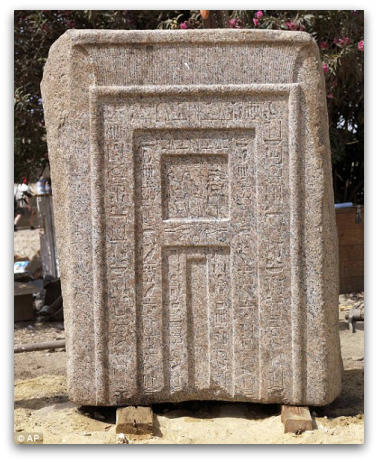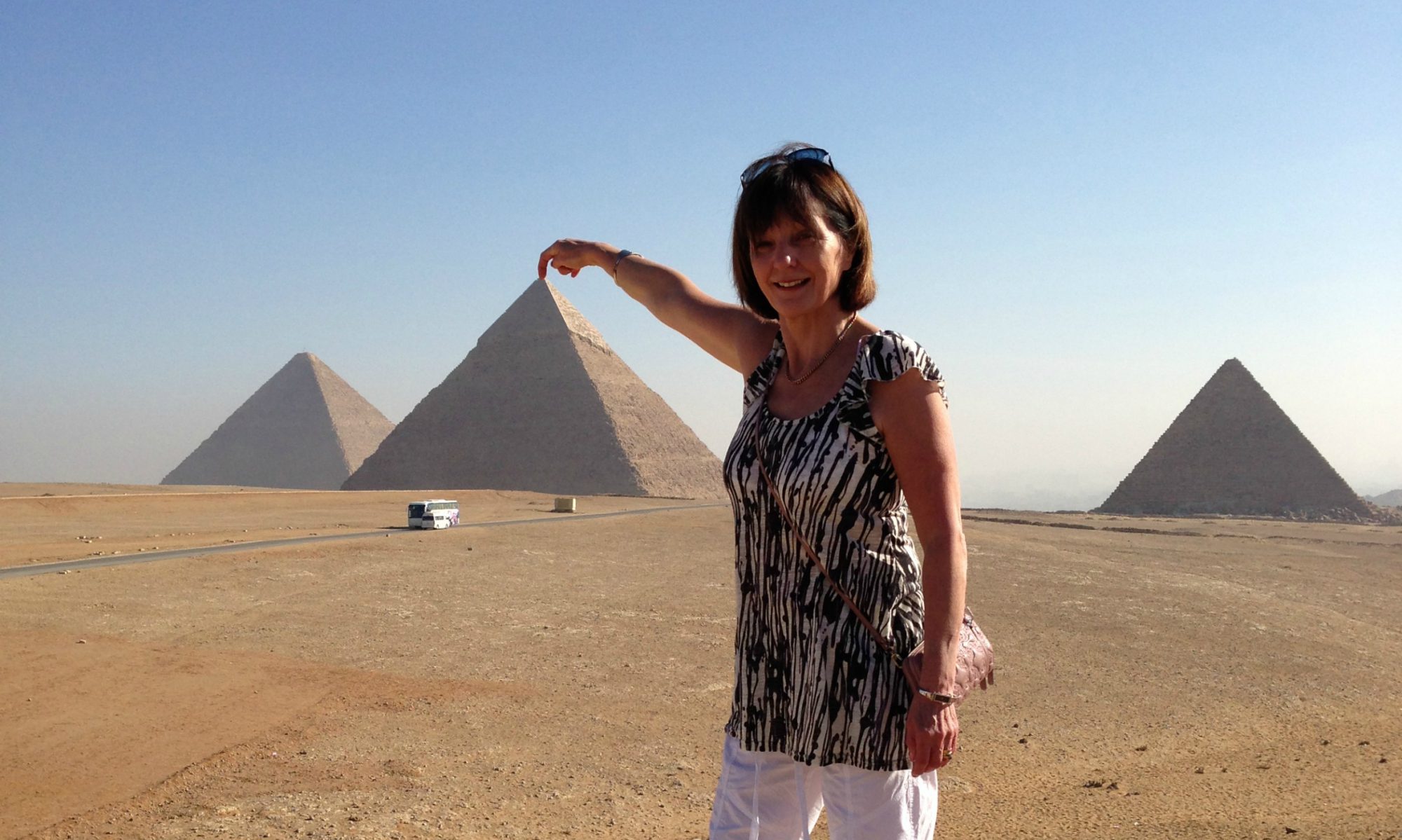 It’s amazing to think that archeologists are still finding amazing new discoveries after all these years but I read today in both The Guardian and The Mail that a new “tomb door” has been discovered at Luxor Temple.Â
It’s amazing to think that archeologists are still finding amazing new discoveries after all these years but I read today in both The Guardian and The Mail that a new “tomb door” has been discovered at Luxor Temple.Â
Barbara and I were only there last November and I think that you forget when visiting these amazing places that there is still ongoing work taking place at the same time you are walking around.
Here are the details from the Mail’s coverage:
“Archaelogists in Egypt have uncovered a 3,500-year-old ‘door to the afterlife’ belonging to the tomb of a high-ranking royal advisor.
The 175cm red granite false door, the likes of which were found in most ancient Egyptian tombs, was built to take the spirits of the dead to and from the afterworld.
The door is covered in religious texts and heiroglyphics and came from the tomb of User, the chief minister of 15th century ruler Queen Hatsheput, and his wife Toy.
This 3,500 granite red door belonged to the tomb of royal adviser User and his wife. It was discovered in Luxor, southern Egypt, the country’s Ministry of Culture announced yesterday.
In ancient Egyptian times false doors were placed in the west walls of tombs and faced offering tables where food and drink were left for the spirit of the deceased.
Mansour Boraik, who headed the Egyptian excavation mission, said the false door was removed from User’s tomb during the Roman period and used as part of a wall in front of the famous Karnak temple – more than 1,000 years after User’s death. User took office in the fifth year of the reign of Queen Hatshepsut, who ruled in the 15th century BC.
He held the position of vizier for 20 years, also acquiring the titles of prince and mayor of the city, according to the inscriptions. He may have inherited his position from his father.
Viziers in ancient Egypt were powerful officials tasked with the day-to-day running of the kingdom’s complex bureaucracy.
The ancient false door was found in Luxor, where the famous temple of Queen Hatsheput also stands. As a testament to his importance, User had his own tomb on the west bank of the Nile in Luxor, where royal kings and queens were also buried. A chapel dedicated to him has also been discovered further south in the hills near Aswan. Historians generally regard Hatshepsut as among the most successful of ancient Egypt’s pharaohs. Egypt was at peace for most of her 22-year reign, allowing her to build trade networks that fed government coffers and funded the construction of monuments and buildings that tourists still flock to see.
The news comes just weeks after the discovery of an 18th Dynasty statue depicting Thoth, the pharaonic deity of wisdom, as a baboon. The statue was also discovered in Luxor, where workers were reducing the ground water in a bid to preserve the city’s famous temples”.





